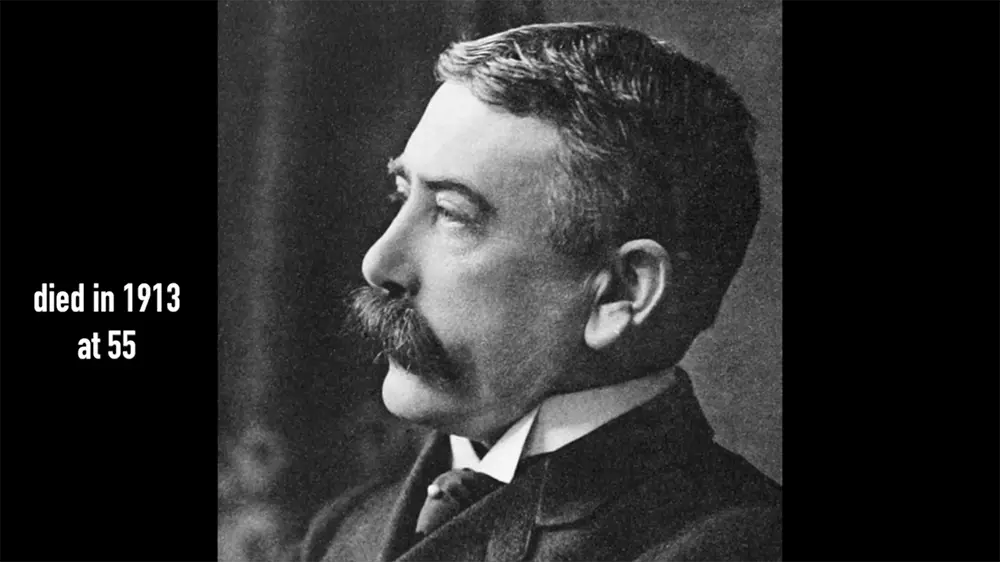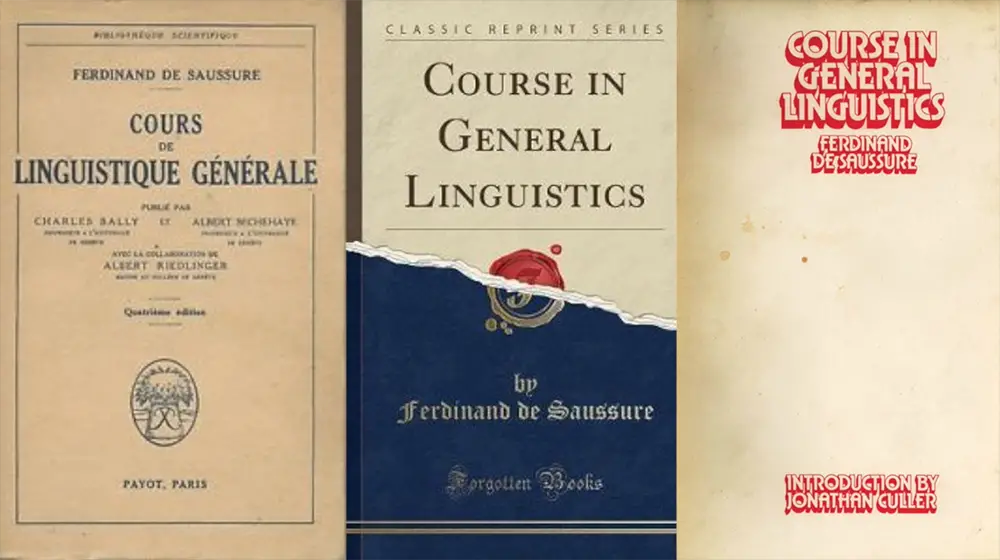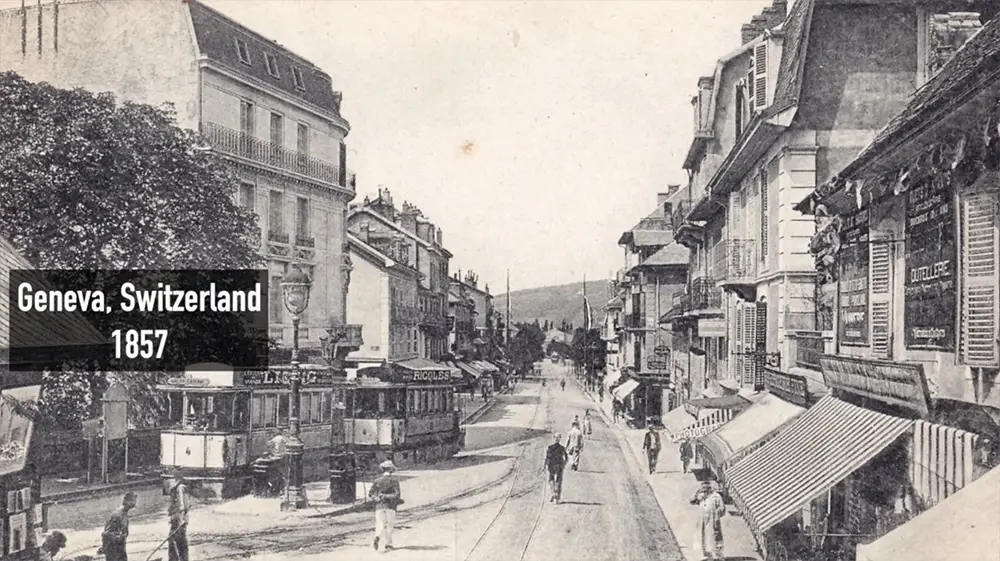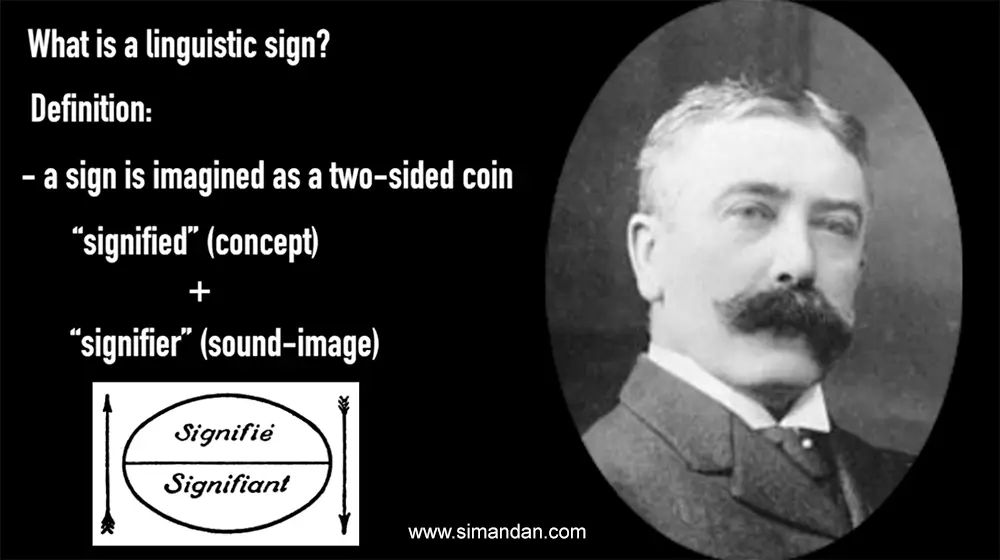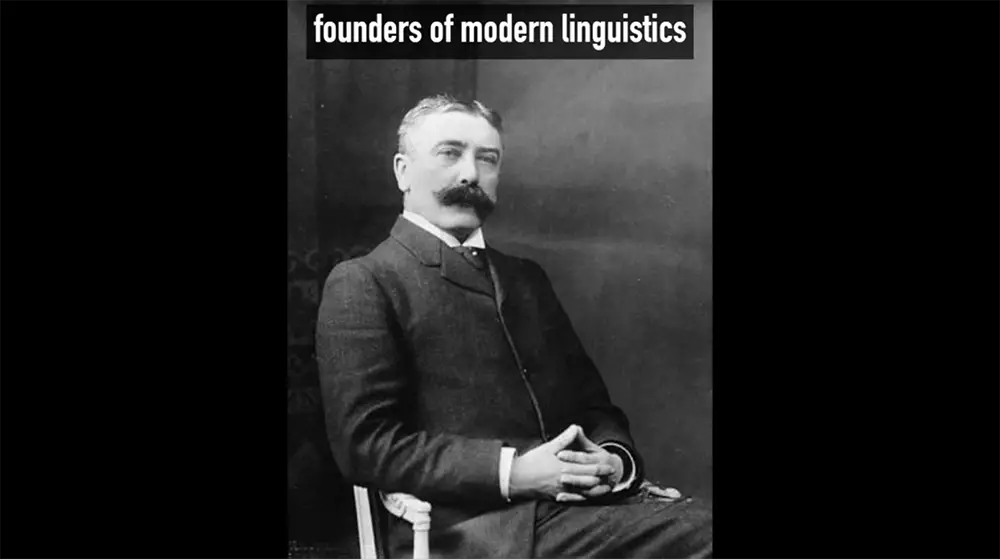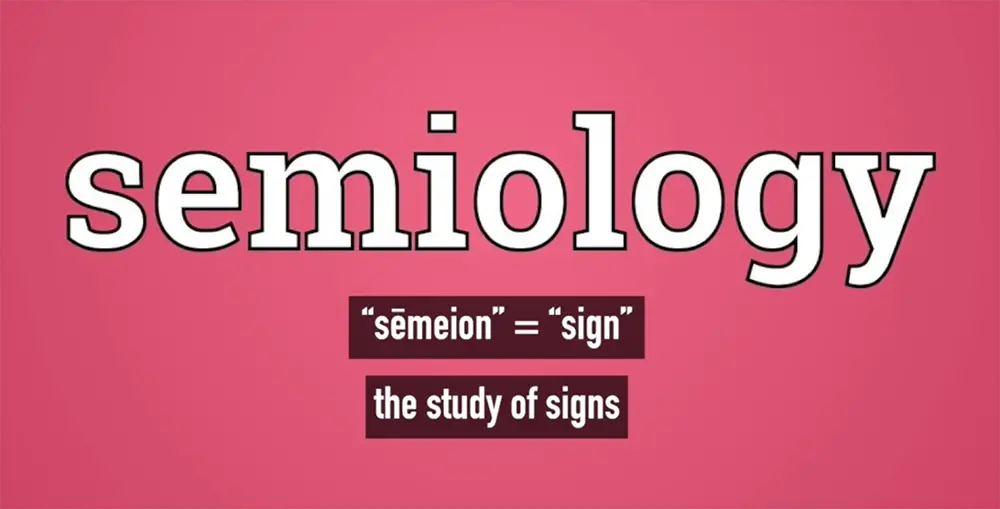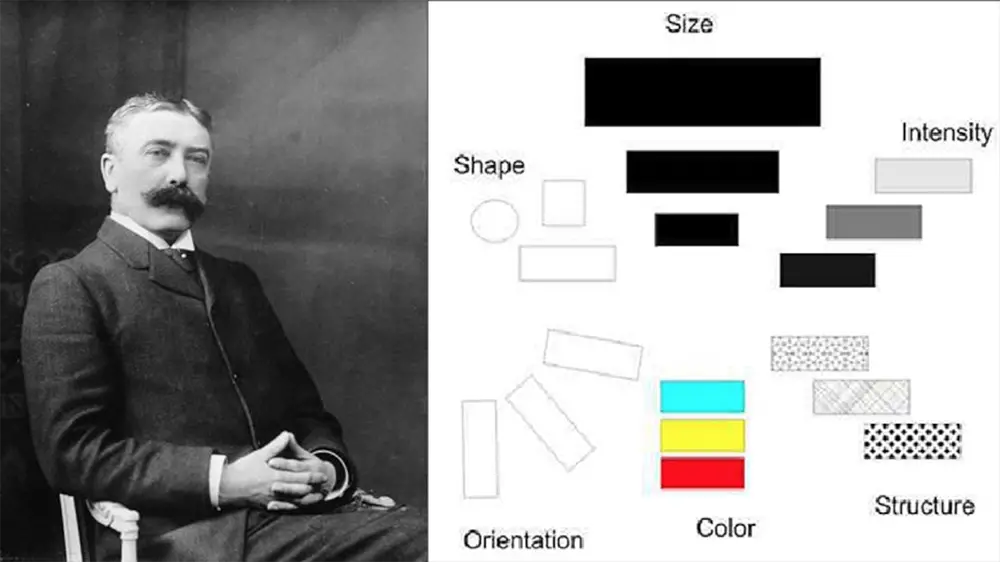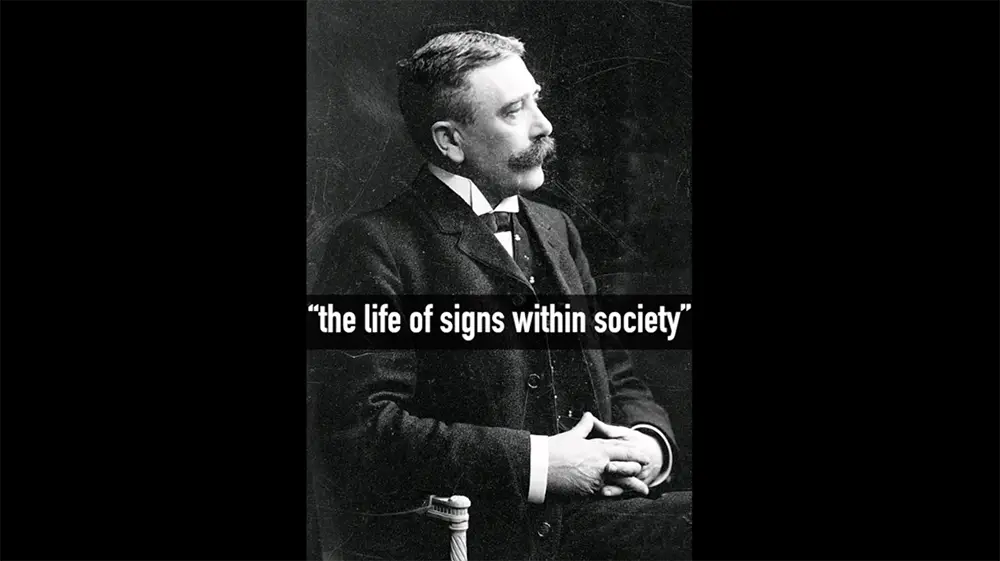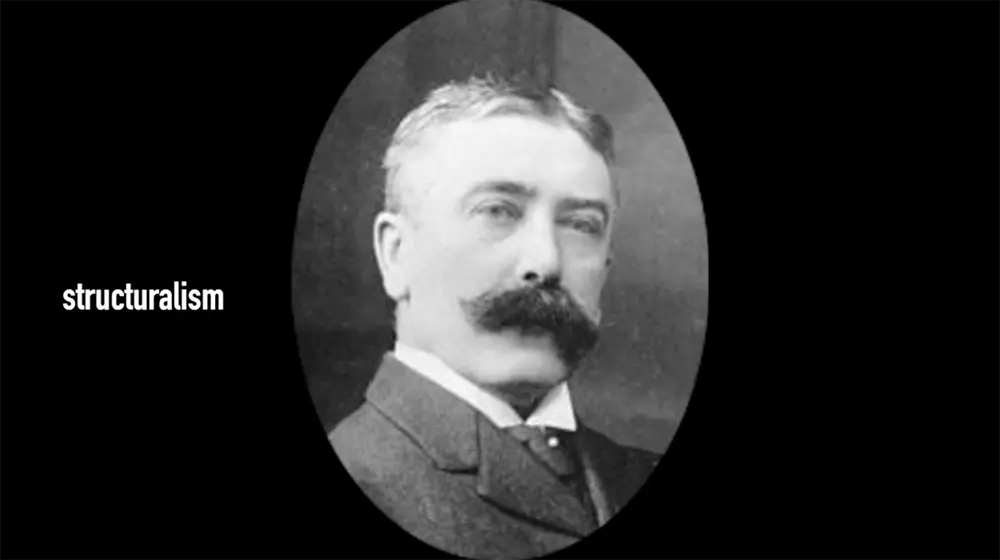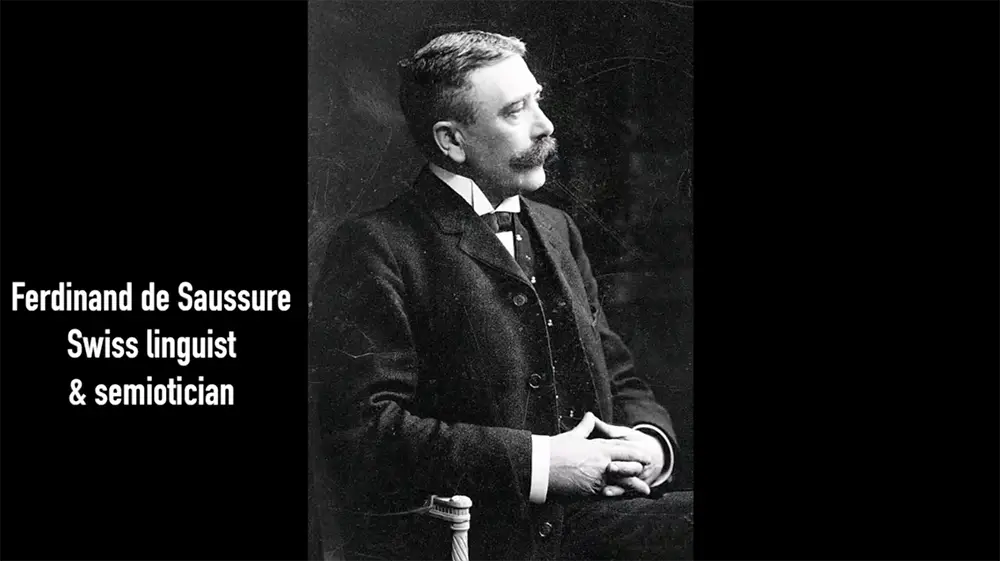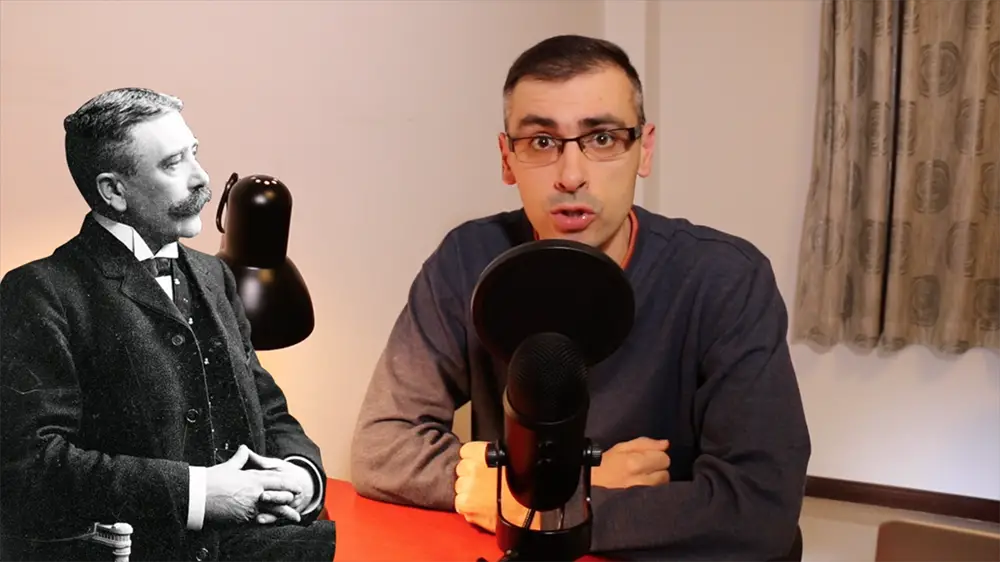Contemporary literary and cultural theory is viewed as taking its origins from the birth of modern linguistics, which emerged in the work of Swiss linguist and semiotician Ferdinand de Saussure.
Born in Geneva in 1857, Saussure is considered one of the founders of 20th-century linguistics. Upon his early death in 1913 at the age of 55, he had redefined what a reader’s approaches to the phenomenon of language are.
In this article we will look at the top 10 facts about Ferdinand de Saussure’s literary theories.
1. LANGUAGE STRUCTURE
His ideas about language structure influenced the development of the linguistic theory known as structuralism. Saussure developed a theory of language that saw it as a structured system of elements, rules, and meanings that were socially conceived.
2. PROMOTING LINGUISTICS
His methodology established linguistics as a subject of scientific study with broad applications, which has affected disciplines such as anthropology, history, and literary criticism.
3. A NEW SCIENCE
In his 1974 “Course in General Linguistics”, Saussure imagined a new science which would study“the life of signs within society”.
4. THE BIRTH OF SEMIOLOGY
His ideas about language structure formed the basis of the school of thought known as semiology. Coming from Greek word “sēmeion” which means “sign”, simply put, semiology is the study of signs.
5. LINGUISTIC SIGNS
In his work, Saussure raised the following question: what is a linguistic sign? He produced a definition in which a sign is imagined as a two-sided coin combining a“signified” (concept) and a “signifier” (sound-image).
6. SIGNIFIER & SIGNIFIED
The notion of the linguistic sign emphasizes that its meaning is non-referential. This means that a sign is not a word’s reference to some object in the world but the combination between the signifier and the signified.
7. FORMING SIGN-SYSTEMS
Structuralism, a critical, philosophical, and cultural movement based on the notions of Saussurean semiology, sought from the 1950s onwards, to produce revolutionary redescriptions of human culture in terms of sign-systems.
READ MORE: Top 10 quotes from Julia Kristeva’s work
8. SEMIOLOGY THEORIES
Semiology theories force us to reconsider the nature of literary works themselves. No longer the product of an author’s original thoughts, and no longer perceived as referential in function, the literary work is viewed not as the container of meaning, but as a space in which potentially vast numbers of relations co-exist. The literary work can now be understood only in a comparative way.
9. ORIGINS OF INTERTEXTUALITY
The reader moves outwards from the work’s apparent structure into the relations it possesses with other works and other linguistic structures. This point in the history of literary theory can be considered as one origin of the theory of intertextuality.
10. MEANING IN SYSTEMS
Even apparently realistic texts generate their meaning out of their relation to literary and cultural systems, rather than out of any direct representation of the physical world.
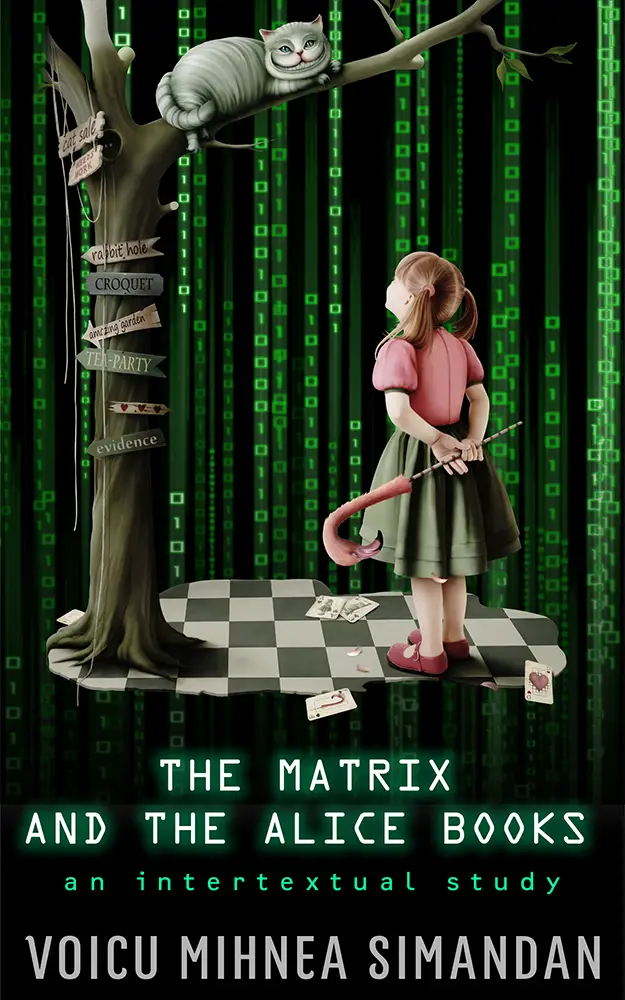
“The Matrix and the Alice Books”
This article is based on my book, “The Matrix and the Alice Books.” Consider supporting our project by purchasing a copy. The Kindle edition is only 99 cents.
To make sure you don’t miss the next episode, subscribe to UpLife, a space where we strive for an Upgraded Lifestyle.

